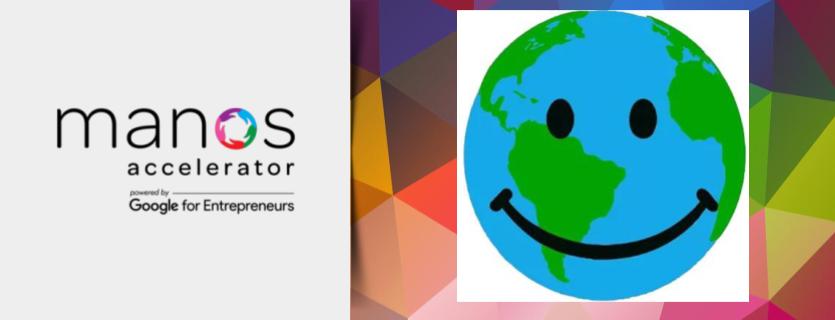Companies and Nonprofits Connect, Share Smiles thanks to Bay Area Startup
Quick Pitch
SmileyGo is about making mutually beneficial connections between nonprofits and companies, and helping to create lasting relationships between them.
The Business
SmileyGo is revamping the concept of sharing through entrepreneurship. We motivate corporations to invest more of their CSR (corporate social responsibility) via smarter ways to create a win-win situation between them and nonprofits. SmileyGo’s market approach is about closing the gap between the public and private sectors. The idea is simple, yet revolutionary. Nonprofits are constantly underfunded, while large companies have a surplus of resources. By creating a platform to connect these two together, SmileyGo helps both businesses and nonprofits. SmileyGo is the filter for nonprofits at a global scale. SmileyGo’s ultimate goal is to make kids smile by getting businesses to sponsor NGOs all around the world through its interactive website.
The “A-ha” Moment
SmileyGo started as a class project in Engineering 145, Technology Entrepreneurship at Stanford University. It was one of the only social ventures in the class, and is the only one to have kept going after the end of class. It is also the only incorporated corporation to come from the class. Forever an entrepreneur seeking to improve the world, Pedro Espinoza has evolved the company from a class project into a corporation.
How does it make money?
We plan to get 10K benefactors (companies & individuals) and 30K nonprofits by 2016. In the first couple of years we will generate revenue of $35M per year with our platform by charging a finder’s fee to the nonprofits. In addition, we will annually charge a premium SmileyGo Benefactor membership to the companies and individuals, which will not only give them access to the entire database but also marketing services with media & press releases for their company.
Businesses it could disrupt
SmileyGo’s aim is to make it easier for businesses to donate to nonprofits, which would greatly help both sectors. It could disrupt large organizations that already have a donation system in place, such as the Red Cross, though SmileyGo aims to bring companies into donating, and not just individuals. Therefore, the negative impact of SmileyGo is minimal.
Market Size
SmileyGo’s market is international—it targets big corporations as well as small businesses, and on the other side of the spectrum, targets local nonprofits as well as global nonprofits. SmileyGo’s reach is around the world.
Likely Competitors
SmileyGo is the first of its kind, as no other websites currently have SmileyGo’s vision for a globally connected donation system.
Partnerships or collaborations
SmileyGo’s first customer, in terms of nonprofits, is Pan Peru (www.panperu.org), which has already received funding and sponsorship from SmileyGo. One of our first customers in terms of businesses was the Wealthing Institute in Menlo Park, CA (http://wealthinginstitute.com/). Wealthing Institute donated 100 textbooks about personal finance and entrepreneurship to Pan Peru, which were given to the underprivileged in the Peruvian Andes. Other corporations that have already pledged to SmileyGo’s cause include Stanford University, UC Berkeley, and Toyota.
Management Team
Pedro Espinoza, Chairman; Dante Alvarado Leon, CEO; Madhav Goel, COO; Christina Luk, Chief Policy Consultant; Michelle Hong, CMO; Michael Ingraham, tech advisor; Ben Medler, CTO; Lei Tian, Secretary
Contact Information
Pd.espinoza@berkeley.edu; Cell phone #: (786) 479-2146
Who are your role models?
Bill Gates, Mark Zuckerberg, Richard Branson, Guy Kawasaki, Ernestine Fu, Tina Seelig.
What’s the best thing about being an entrepreneur?
Smiling, laughing, being proactive.
What’s the best advice anyone’s ever given you?
Be proactive.
What advice would you give to others?
Success comes from teamwork.



